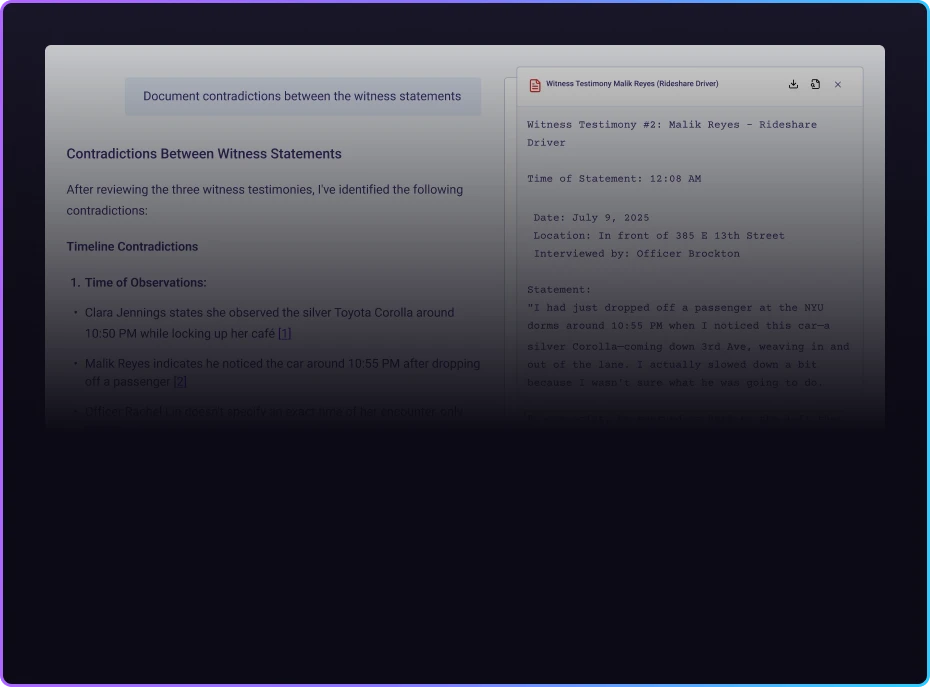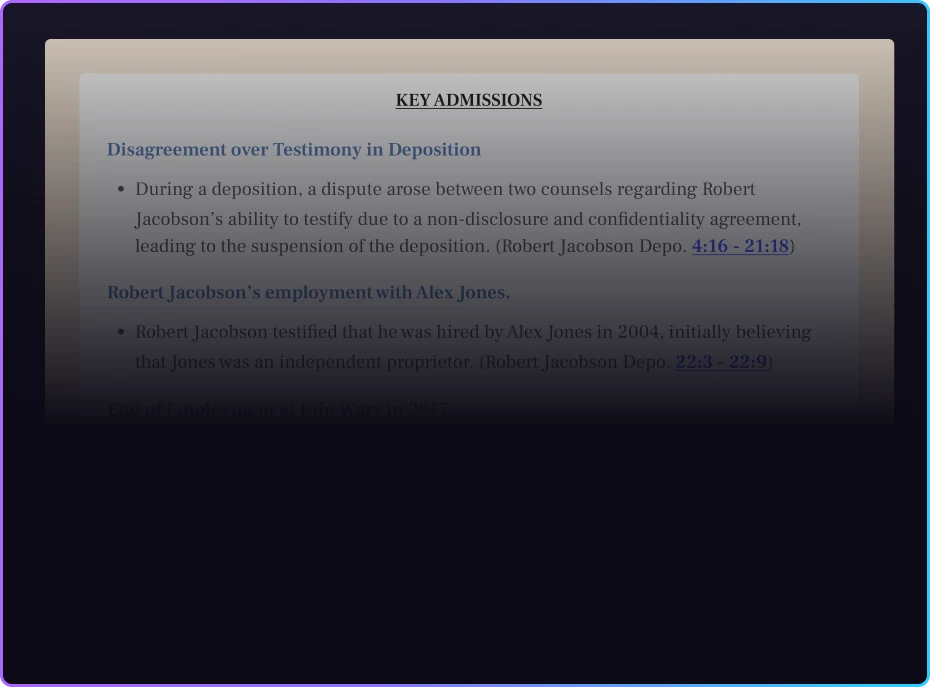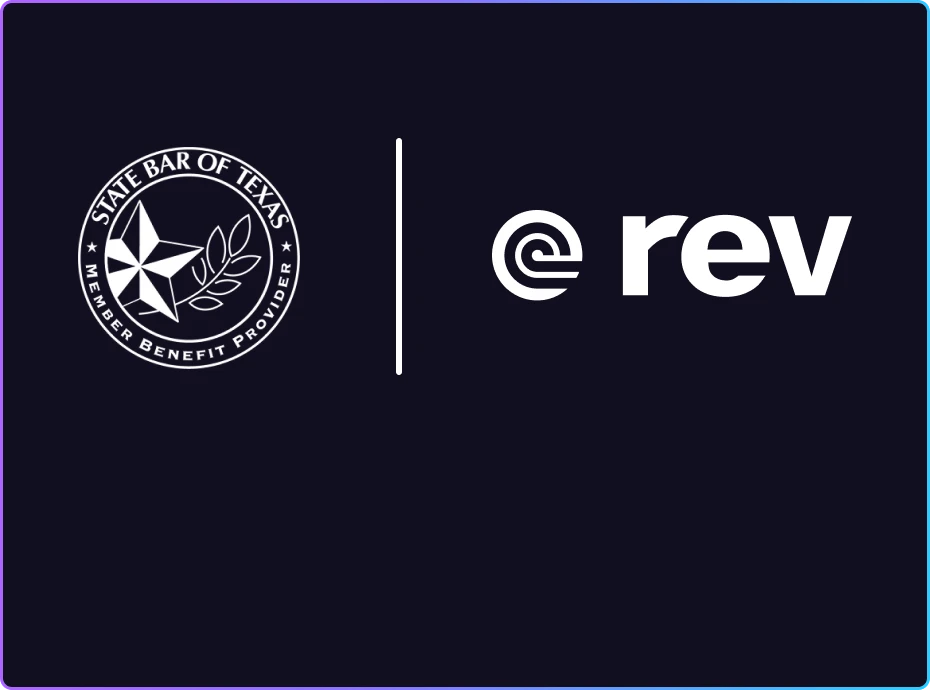Captions and Subtitles on Amazon Video: What You Need to Know
Amazon Prime is much more than a subscription for fee-free, fast deliveries. Nowadays, it’s home to thousands of movies, shows, and other streaming content. With Amazon Prime Video, you can access a huge library of award-winning originals and rotating popular titles.
Whether you’re watching with the volume down or in your non-native language, you can easily turn on subtitles or captions so it’s easier to keep up. In this guide, we’ll cover how to turn on subtitles in Amazon videos, plus how creators who share video content on Amazon Prime can add subtitles or captions to their videos to make them more accessible for everyone.
How to Turn on Amazon Prime Closed Captions
As with most streaming services, turning on Amazon instant video captions is quick and easy. Follow these steps to get started:
- Log into your Prime account on your device of choice.
- Choose an episode or movie that has subtitles. Available subtitles and languages are listed below the title’s description on the overview page.
- Start playback, then tap the screen or remote to see options overlaid on the screen.
- At the top right, tap the icon that looks like a chat box with text inside it.
- Select subtitles, captions, or other descriptive audio from the list of available languages.
- On some devices, you can change the size and color of your subtitles via the Subtitles Settings menu. To access this menu, click on your avatar, then tap the gear to explore the menu and find the Amazon video settings.
Out-of-Sync Subtitles on Amazon
Occasionally, when watching Amazon videos with subtitles, you may find that the text drifts out of sync with what’s happening on screen. The following steps will usually fix this problem (all steps may not be required):
- Restart your device.
- Confirm that your device, Prime Video app, and/or web browser are up to date with the latest software.
- Close and reopen your Prime Video app or web browser.
- Clear the cache for your Prime Video app or browser.
- Restart your router or modem.
If you’re still having trouble with subtitle syncing, contact Amazon Prime Video support via the Help & Feedback section of the Prime Video app.
How to Distribute Your Content on Amazon Prime
If you’re a creator or independent filmmaker, Amazon offers the opportunity to license and distribute your Prime Video content worldwide through Prime Video Direct. To ensure your videos are set up to reach the right audience, you must include the appropriate captions or subtitles. Here’s how to upload your work, add captions, and start distributing your content on Amazon Prime.
1. Create a Prime Video Direct Account and Company Profile
To get started, you’ll need to link an existing Amazon account or create a new one. From there, you must create a company profile. If you’re just creating content on your own, you can enter your first and last name as the company name. You’ll then need to enter your banking and tax information to get set up for receiving payments. Amazon will pay out 50% royalties on all purchases via EFT or wire transfer within 90 days after the month in which you earned the revenue.
2. Assemble Your Assets
Every video you submit to Amazon must have a mezzanine file, a captions file, and a promotional images file. You’ll need to upload each of these files before your video can be considered for licensing and distribution.
- Mezzanine file: This is the compressed master video file used to produce streaming and downloads. Amazon requires you to use Interra Baton software for a quality control check before uploading. Accepted file formats include .mp4, .m2t, .ts, .mov, .mpg, .mpeg, .m2t, .m2ts, and .ts.
- See Amazon’s full list of requirements for mezzanine files for more information.
- Captions file: All videos published on Amazon must include captions in the native language of the content. If the language in the video isn’t the same as the native language of the area where it’s published, you’ll also need to add burn-in captions directly into the mezzanine file. All captions files must be UTF-8 character encoded to ensure subscribers’ devices don’t display unrecognized text characters as unreadable symbols. Amazon provides detailed instructions for configuring various Mac and Windows text editing software to produce UTF-8-compliant plain text files.
- Review the full list of Amazon Prime closed captions requirements before submitting.
- Digital artwork: For key art, submit graphics at a 16:9 aspect ratio and 1920-by-1080 resolution and a 4:3 aspect ratio and 1600-by-1200 resolution. Your background image should have a 16:9 aspect ratio and 1920-by-1080 resolution.
- See Amazon’s full list of art requirements to ensure your art submission is compliant.
3. Publish Your Content
Publishing your video involves not just uploading your assets but adding pertinent information such as title name, category, title metadata language, synopsis, genre, and details about cast and crew.
After you hit the publish button and deliver your content, Amazon undertakes a publishing process involving encoding, a pre-publish review, and — if approved — creating a title listing for the Amazon Prime Video Catalog. Amazon recommends submitting videos at least 30 days before your anticipated release date.
4. Promote and Track Your Video
Once your content is published and live in the Amazon catalog, you can begin promoting it via digital channels only (no print media ads or press releases allowed). When promoting content, you may only use the text “Available on Prime Video,” and you cannot use the Amazon or Prime Video logos. Be sure to check out all of Amazon’s strict requirements for what content you promote and how you can do so.
After users begin streaming and downloading your video, Amazon will post performance metrics on your Amazon Prime Video Direct dashboard. The metrics include minutes streamed, number of subscribers, payment history, and projected revenues. They’re designed to help you (and Amazon) earn more money by optimizing how you promote your videos.
There are a multitude of excellent tools out there to help you polish and market your videos for submission and then promote them well on social channels. You’ll also find tips about successful video promotion in Amazon Prime Video resource files.
Can I Add My Own Subtitles to Amazon Prime Video?
As noted, you can add subtitles to Amazon Prime videos by burning them directly into the mezzanine file. These subtitles are separate from the captions for the native language, and they’re required to translate content when the video is not in the native language for local viewers.
For instance, if you publish a video in France with English dialog and narration, you’ll need to include French subtitles for Amazon streaming (it’s also an important part of your content localization strategy).
Amazon Prime Video Direct + Self-Published Content
Prime Video Direct is designed to help studios, distributors, and independent filmmakers reach worldwide audiences. It’s free to use — Amazon just collects 50% royalties on any money you make when users view your content.
Here are a few additional things to know about the platform before you start self-publishing content:
- You must enter company, banking, and tax information to begin publishing content on Prime Video Direct.
- Amazon requires captions for the native language featured in the video.
- Subtitles are also required for translation to non-native languages in other markets where you wish to publish.
- All submissions must include separate mezzanine, captions, and graphics files.
- Although Amazon favors professionally produced and licensed content, Prime Video occasionally licenses titles that “haven’t been in theaters, broadcast, or selected by a major festival.”
- Prime Video only accepts content that would be considered “feature-length” films or TV shows.
- Prime Video licensing is not indefinite, and Amazon may remove content at any time at its discretion.
Of course, Prime Video Direct isn’t the only platform available for self-publishing video content. Other options include YouTube, iTunes, Tubi, and Vimeo on Demand. Each platform has different terms and payment structures, and you’re free to publish on multiple outlets to find out which ones work best for you.Even though Amazon’s 50% cut is steep, independent filmmakers note that the platform makes it easy to reach an audience around the globe while avoiding some of the upfront costs involved with publishing on other platforms.
Benefits of CC on Streaming Platforms
Adding closed captions to video content on platforms like Amazon, Netflix, Hulu, or other over-the-top streaming services offers a host of benefits. First and foremost, closed captions make your content more accessible to all viewers. Anyone can watch and understand what’s happening, whether your viewer is someone hard of hearing or a parent watching on low volume while their child sleeps.
For distributors, this makes captions an essential piece of expanding audience reach. Platforms like Amazon require captions — and even if they’re not required, it makes more people likely to engage with your content.
Prime Your Content for Amazon With Rev
Captions and subtitles are critical for publishing videos on Amazon Prime. But that doesn’t mean you have to add another task to your busy schedule as a filmmaker or content creator. With Rev, you can effortlessly add closed captions and subtitles to any video. Our expert captioners can get the job done in a fraction of the time so you can focus on other aspects of video production.
Plus, Rev’s Premium Captions in English and Spanish are the best choice for content you’re distributing on video platforms. They’re guaranteed at over 99% accuracy and are fully FCC compliant.
Ready to see it in action?
Subscribe to The Rev Blog
Sign up to get Rev content delivered straight to your inbox.









